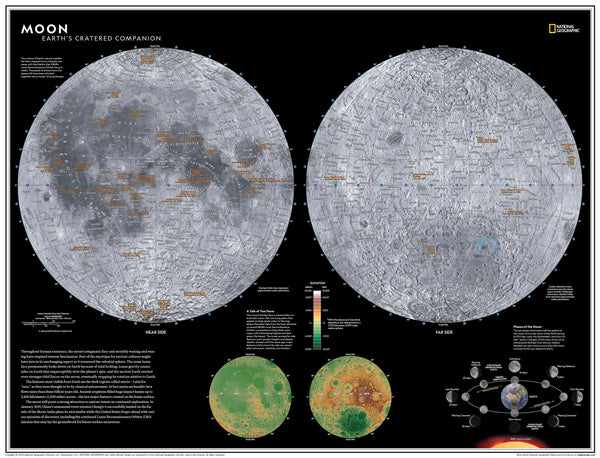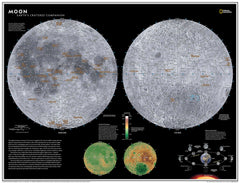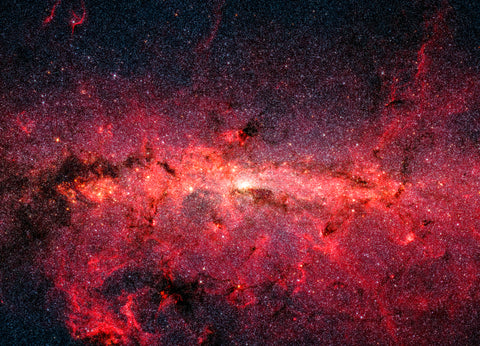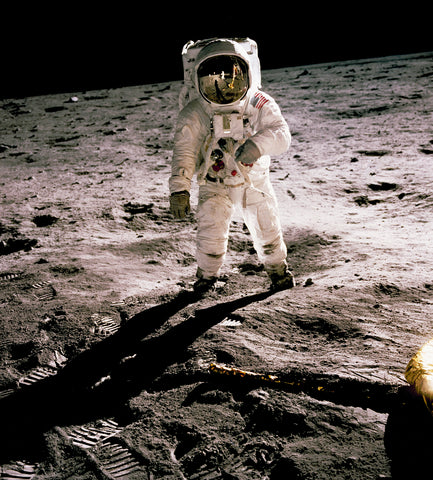- Australia ▾
- Topographic
▾
- Australia AUSTopo 250k (2024)
- Australia 50k Geoscience maps
- Australia 100k Geoscience maps
- Australia 250k Geoscience maps
- Australia 1.1m Geoscience maps
- New Zealand 50k maps
- New Zealand 250k maps
- New South Wales 25k maps
- New South Wales 50k maps
- New South Wales 100k maps
- Queensland 10k maps
- Queensland 25k maps
- Queensland 50k maps
- Queensland 100k maps
- Compasses
- Software
- GPS Systems
- Orienteering
- International ▾
- Wall Maps
▾
- World
- Australia & New Zealand
- Countries, Continents & Regions
- Historical
- Vintage National Geographic
- Australian Capital Territory
- New South Wales
- Northern Territory
- Queensland
- South Australia
- Tasmania
- Victoria
- Western Australia
- Celestial
- Children's
- Mining & Resources
- Wine Maps
- Healthcare
- Postcode Maps
- Electoral Maps
- Nautical ▾
- Flags
▾
- Australian Flag Sets & Banners
- Flag Bunting
- Handwavers
- Australian National Flags
- Aboriginal Flags
- Torres Strait Islander Flags
- International Flags
- Flagpoles & Accessories
- Australian Capital Territory Flags
- New South Wales Flags
- Northern Territory Flags
- Queensland Flags
- South Australia Flags
- Tasmania Flags
- Victoria Flags
- Western Australia Flags
- Gifts ▾
- Globes ▾
Dear valued customer. Please note that our checkout is not supported by old browsers. Please use a recent browser to access all checkout capabilities
Moon - Atlas of the World National Geographic 798 x 610mm Wall Map
$69.95
or make 4 interest-free payments of
$17.49 AUD
fortnightly with
![]() More info
More info
Throughout human existence, the moon's enigmatic face and monthly waxing and waning have inspired intense fascination. Part of the mystique for ancient cultures might have lain in its unchanging aspect as it traversed the celestial sphere. The same lunar face permanently looks down on Earth because of "tidal locking." In 2013, NASA announced that its GRAIL mission had solved the gravitational mystery - but what other mysteries lurk on the far side of the moon?
The surface of Earth's closest neighbour in the solar system has been mapped since antiquity, but never with the fidelity that NASA's Lunar Reconnaissance Orbiter has provided. Thousands of photos from the spacecraft were stitched together into a mosaic of the surface.
This dual-hemisphere map of the moon, drawn in Lambert Azimuthal Equal-Area projection, makes this desolate landscape both familiar and far too alien. Thousands of craters are identified on both the near and far sides, offering readers a glimpse of the side of the moon that never sees the face of the Earth. A separate hemispheric elevation map and the phases of the moon provide further detail into this celestial body so long revered by humans.
This map makes an essential companion to Solar System: The Sun's Neighborhood and its size makes it perfect for a gallery wall.
The map can come either printed on heavyweight 160 gsm paper or laminated. The paper version is perfect for framing under glass, and the laminated version is exceptionally hard-wearing as we use a true encapsulation of two pieces of 80-micron gloss laminate.
Alternatively, we can supply this map on 395 gsm HP Professional Matte Canvas using pigment-based inks - making the map highly durable and fade-resistant. The exceptional clarity of printing makes this map a stunning addition to any room, and its high quality means that it will provide years of enjoyment.
The easiest way to hang your canvas map is by having wooden hang rollers attached top and bottom with a hanging cord on the top roller, so all you have to do is put a hook on the wall. The hang rails come lacquered in a natural timber colour.
Published: 2019
Size: 798 mm (w) x 610 mm (h)
Note: Please allow ten working days to deliver hang-railed maps as they need to be attached by our framer.
Made in Australia







